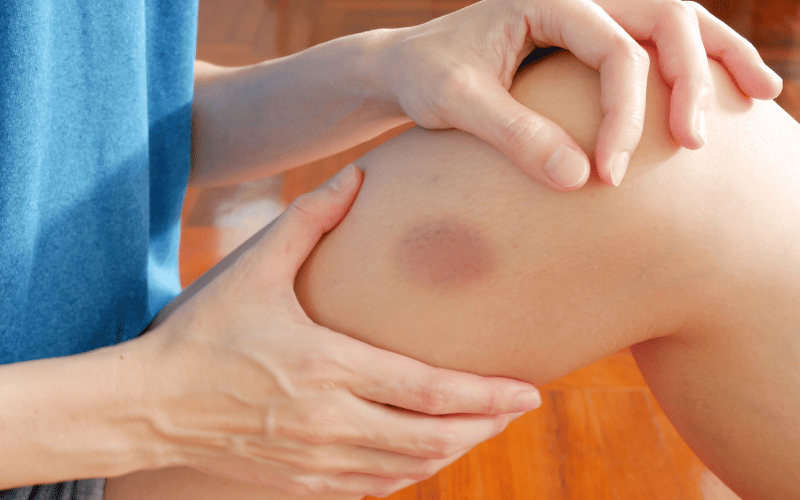Symptom 2: Thin, Fragile Skin that Bruises Easily

One of the outwardly visible and palpable effects of Cushing’s disease is a change in skin texture and resilience. Individuals with the condition often notice their skin becoming significantly thinner and more fragile. This isn’t merely a subjective feeling; the skin genuinely becomes more susceptible to external factors.
A natural consequence of this skin fragility is a heightened tendency to bruise. Minor bumps or knocks, which wouldn’t have caused any visible damage earlier, might now lead to prominent, painful bruising. This increased susceptibility is not just limited to bruises. Wounds might take longer to heal, and the skin may tear more easily.
Another tell-tale sign accompanying this symptom is the appearance of stretch marks. Unlike the regular stretch marks associated with growth spurts, weight gain, or pregnancy, these have a unique coloration. They might appear pink, purple, or even reddish-brown and are typically located on the breasts, thighs, and abdomen.
These skin changes are more than just superficial symptoms. The skin, being the largest organ, reflects internal changes and imbalances. The excess cortisol production weakens the skin’s collagen, the protein responsible for its elasticity and resilience. The skin’s thinning and the subsequent symptoms are, in essence, a cry for help. (2)